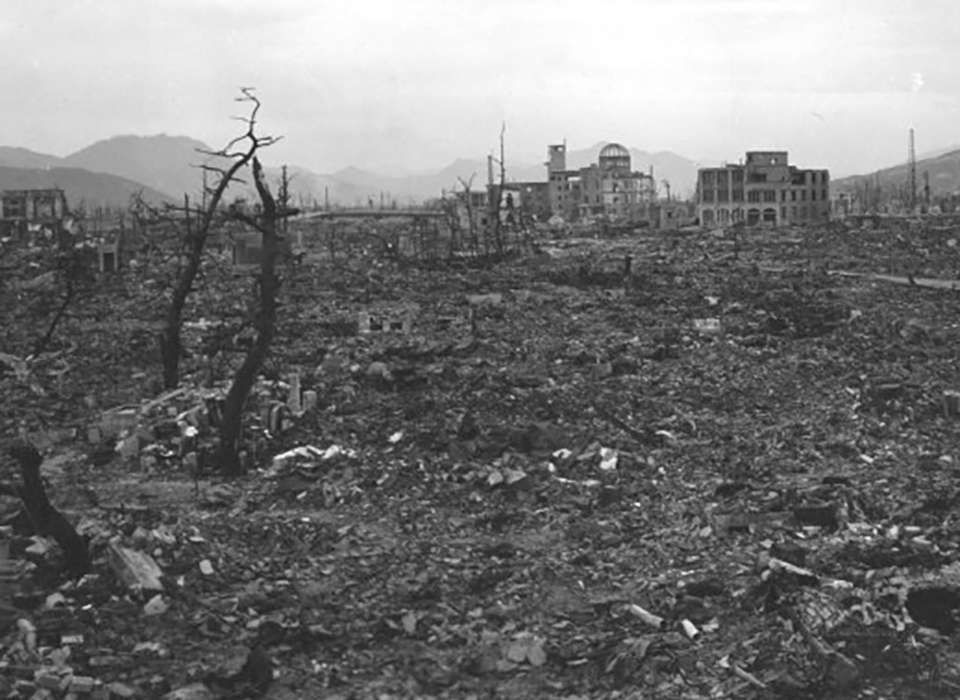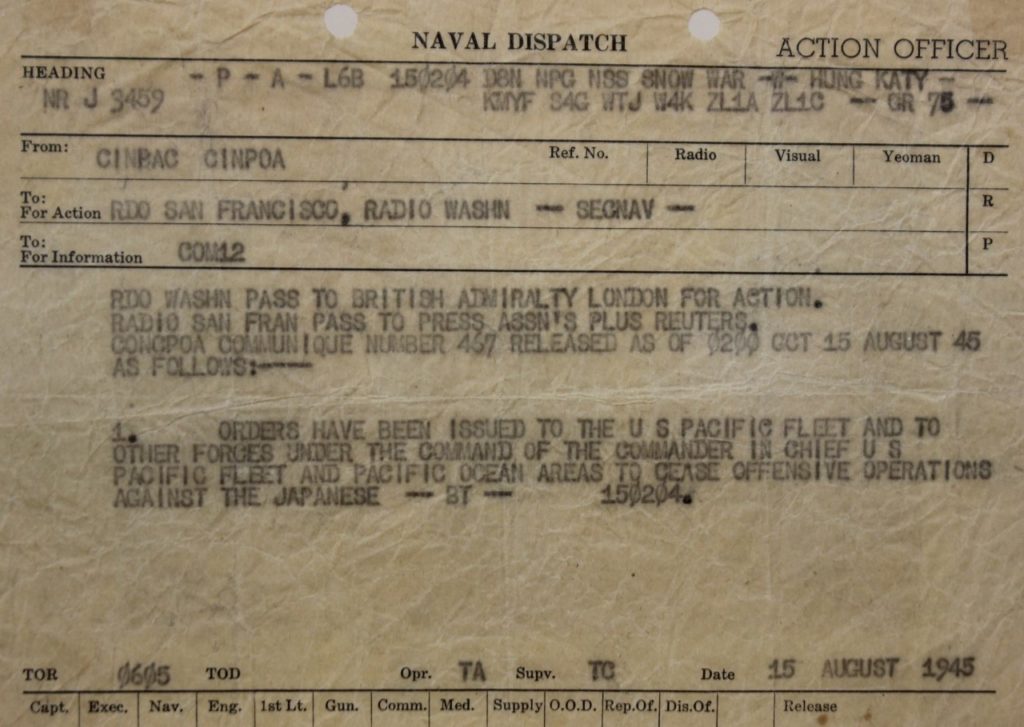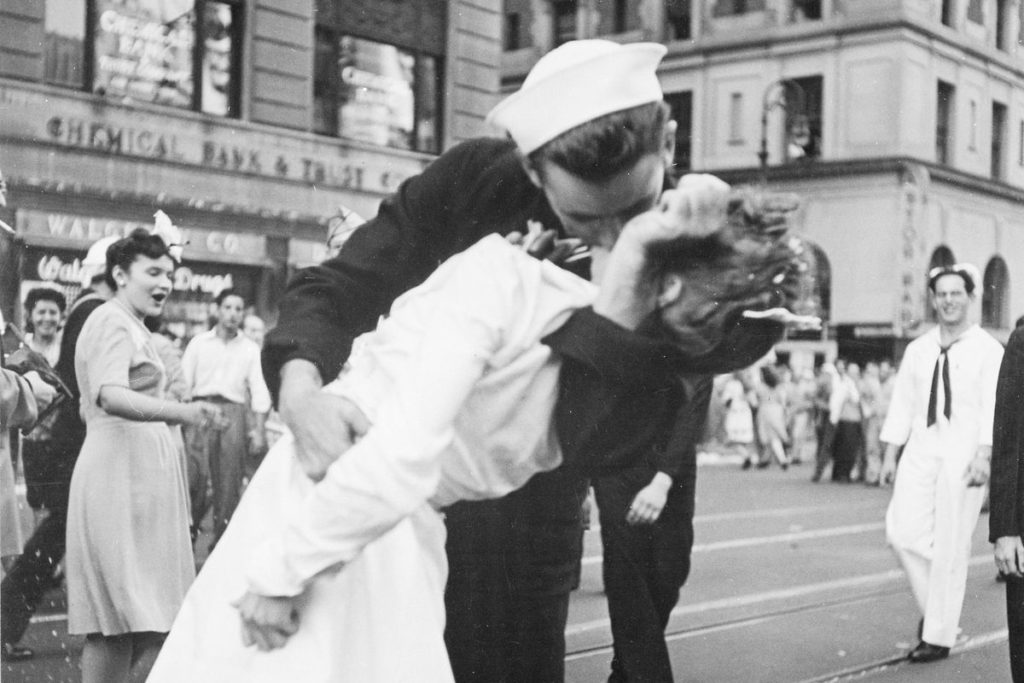The Day Japan Surrendered
On June 22, 1945, Okinawa fell to U.S. forces. Following this, an invasion of the Japanese home islands was in the works; however, before the invasion could take place, the war came to a shattering and rapid end.
The Events Leading Up to the End of the War
The United States dropped the first atomic bomb over Hiroshima on August 6, ultimately killing as many as 140,000 people. Two days later, the Soviet Union declared war on Japan. Additionally, on August 9, the United States dropped a second atomic bomb over Nagasaki, ultimately killing approximately 70,000 people.

On August 14th, 1945, while awaiting an official response from Japan regarding a surrender, President Truman contemplated authorizing a third atomic bomb attack, possibly on Tokyo and possibly on August 19th. However, in the last hour of August 14th in Washington D.C., and shortly after noon in Tokyo on August 15th, a surrender was released. The Japanese government recognized that victory was impossible and accepted Allied surrender terms without qualifications. This pre-recorded announcement of Emperor Hirohito verbally accepting the terms of surrender were heard via radio throughout Japan. On September 2nd, the Empire of Japan formally surrendered to Allied forces in a ceremony conducted aboard the USS Missouri in the Tokyo Harbor. As soon as the news of Japan’s surrender was announced, celebrations erupted across the United States.
This Naval Dispatch telegram, located in the U.S. Army Airborne and Special Operations Museum’s archives collection, notified service members of the cease fire.
“RELEASED AS OF 0200 GCT 15 August 45 AS FOLLOWS: —-
1. ORDERS HAVE BEEN ISSUED TO THE U S PACIFIC FLEET AND TO OTHER FORCES UNDER THE COMMAND OF THE COMMANDER IN CHIEF U S PACIFIC FLEET AND PACIFIC OCEAN AREAS TO CEASE OFFENSIVE OPERATIONS AGAINST THE JAPANESE”

End of War Celebrations
In New York City, ticker tape rained down on the crowds gathered in Times Square while sailors climbed lampposts to unfurl American flags to celebrate the war’s end. In thousands of small towns across the country, similar scenes included fireworks, confetti, and impromptu parades.

Despite these initial celebrations, Victory over Japan Day (V-J Day) would officially be celebrated in the United States on the day formal surrender documents were signed aboard the USS Missouri in Tokyo Bay: September 2, 1945.
The Aftermath
The victory over Japan was bittersweet in light of the destructiveness of the war. More than 400,000 Americans from all branches of the military—and an estimated 65 million people worldwide—died during World War II. As historian Donald L. Miller, PhD, wrote in his book The Story of World War II, “It was too much death to contemplate, too much savagery and suffering; and in August 1945 no one was counting. For those who had seen the face of battle and been in the camps and under the bombs—and had lived—there was a sense of immense relief.”
Did you enjoy this content? If so, please consider giving a gift the ASOM to help us continue the legacy of educating the public on the histories of Airborne and Special Operations Soldiers.



